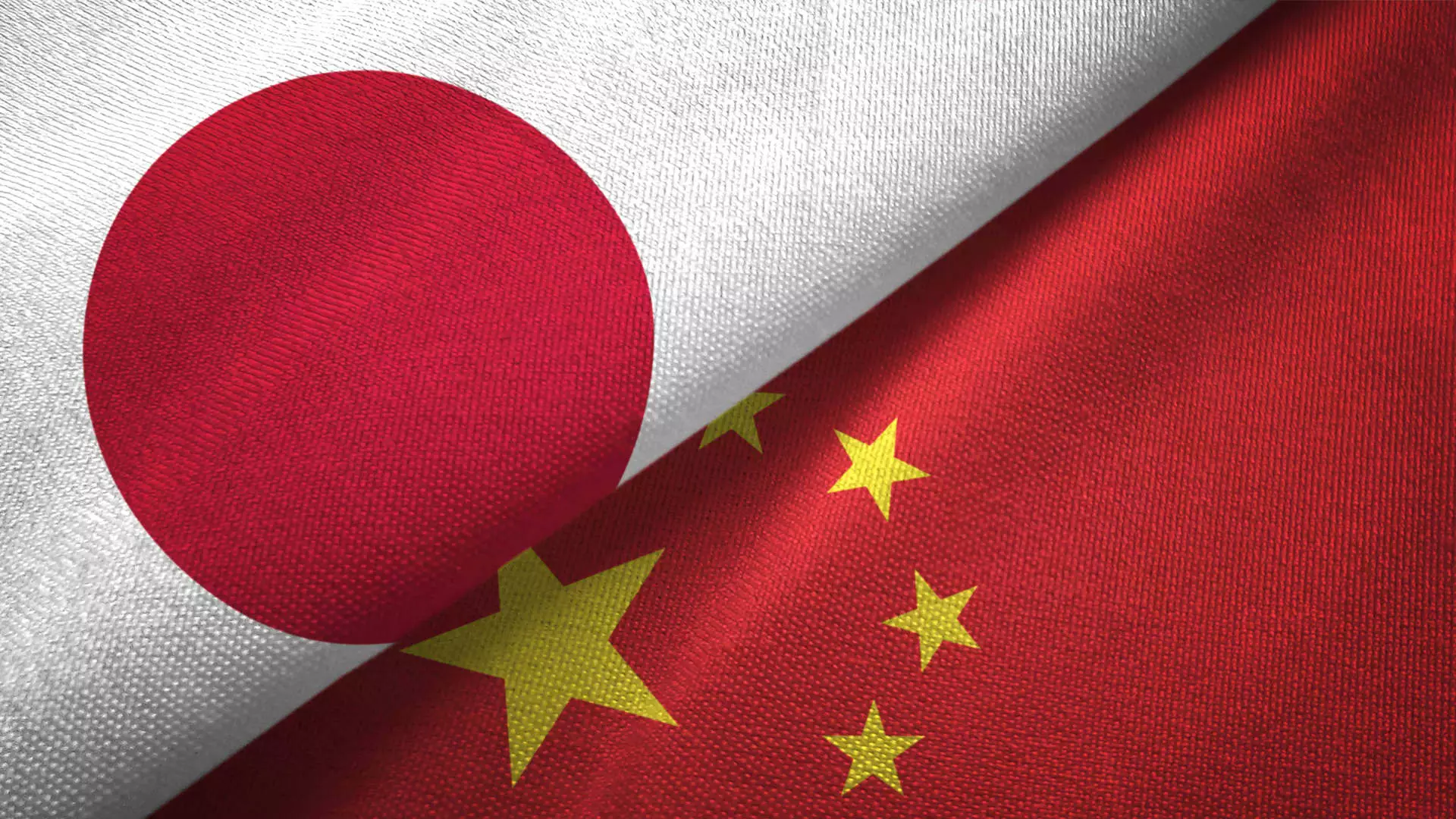Japan has found itself grappling with the aftermath of a surge in international travelers, driven by its cultural allure and government’s pro-tourism initiatives. Since the easing of border restrictions, Japan has seen a significant influx of tourists, with over 3 million international travelers visiting monthly. However, this popularity has led to issues of overtourism, particularly evident in overcrowded destinations like Kyoto during peak cherry blossom season. The strain on Japan’s tight labor market has also become apparent, with 85% of travel and hospitality operators reducing operating hours due to labor shortages.
In contrast, China has been experiencing a slower return of international visitors, despite a 130% year-on-year increase in foreign visitors from January to July. While inbound bookings have doubled since last summer, the country is still far from reaching pre-pandemic levels of tourism. Flight capacity into China remains below pre-pandemic levels, with geopolitical tensions further impacting travel. The Chinese government’s tightening grip on societal regulations has raised concerns among foreign travelers, potentially hindering the revival of inbound tourism.
China’s expansion of visa-free policies has helped boost demand, but perception challenges remain a significant hurdle. According to a Pew Research Center report, over half of surveyed countries have unfavorable views of China. This sentiment is particularly strong among major travel spenders such as the United States, Germany, the United Kingdom, and France. While China’s favorability views are more positive in sub-Saharan Africa and Asia, opinions in high-income Asian countries like Japan are largely negative. Addressing these perception challenges will be crucial in attracting foreign travelers back to China.
China’s push towards online payment and booking systems has posed challenges for foreign travelers unfamiliar with popular Chinese software. Booking high-speed train tickets or entry tickets to tourist attractions now often requires the use of applications like WeChat, creating barriers for international visitors. Overcoming these technological barriers is essential in enhancing the overall travel experience and ensuring a seamless journey for foreign travelers.
While Japan and China both faced the challenge of reopening their borders post-pandemic, their recovery trajectories have taken divergent paths. Japan’s popularity as a travel destination has led to issues of overtourism and strains on its labor market, despite its successful initiatives to attract international travelers. On the other hand, China has seen a slower return of tourists, with perception challenges and technological barriers hindering its efforts to revive inbound tourism. Addressing these issues will be crucial for both countries in navigating the evolving landscape of post-pandemic travel.


Napsat komentář